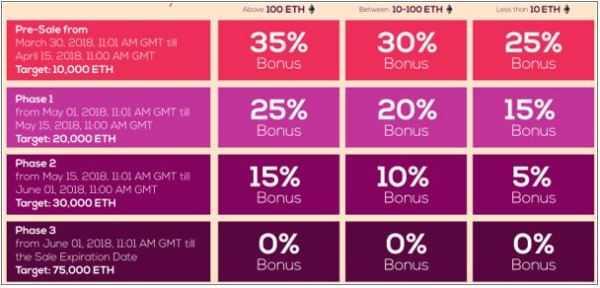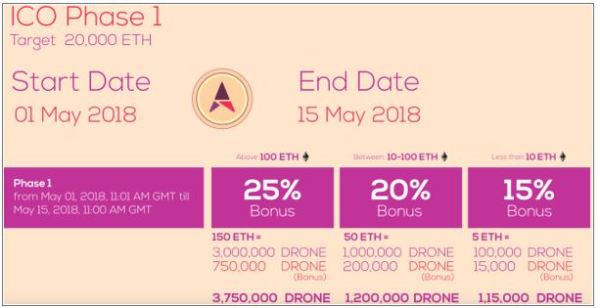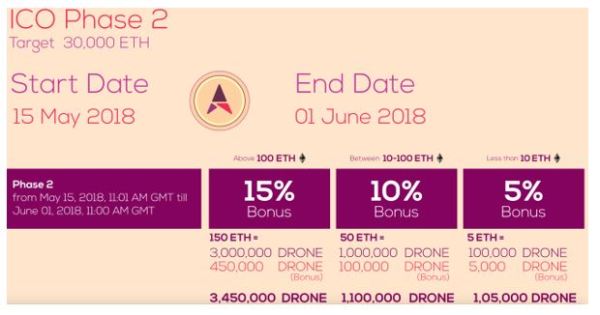Reason to trust

How Our News is Made
Strict editorial policy that focuses on accuracy, relevance, and impartiality
Ad discliamer
Morbi pretium leo et nisl aliquam mollis. Quisque arcu lorem, ultricies quis pellentesque nec, ullamcorper eu odio.
According to a new research report by Global Market Insights, the commercial Drone/UAV Market is expected to reach USD 17 billion by 2024. This is quite impressive when you consider that in 2016, the commercial drone/UAV market saw 100,000 units sold, worth $2 billion.
While this growth is impressive, it will not come without challenges. The most significant challenge will be how to manage not only all the drones in the sky, but how they interact with manned aircraft. This is a critical problem that currently lacks a solution.
One company that aims to solve this problem is DEEP AERO.
DEEP AERO is building a harmonized framework for air traffic management (ATM) and Drone/UAS traffic management (UTM). DEEP AERO’s autonomous, self-governing, intelligent Drone/Unmanned Aircraft System (UAS) Traffic Management (UTM) will ensure safe flights of manned and unmanned aircrafts in the shared space. DEEP AERO CEO Gurmeet Singh said:
“The use of unmanned aerial vehicles is increasing exponentially. We’re heading towards a future in which millions of drones will fly billions of flights. At some point in the not-too-distant future, fleets of commercial drones are expected to swarm across the skies. Current airspace management and air traffic flow management systems don’t have the capabilities to handle the type of operations relevant to drones. In addition, the anticipated traffic density of drones is far beyond the capabilities of current air traffic management systems.”
DEEP AERO is researching prototype technologies such as airspace design, dynamic geofencing, congestion management, terrain avoidance, route planning, rerouting, separation management, sequencing and spacing, and contingency management for a UAS Traffic Management (UTM) system that will develop airspace integration requirements for enabling safe, efficient low-altitude operations of drones. DEEP UTM includes things like universal drone registration standards, open identification standards, open identification systems, tamper-proof flight data recorders, accurate and trustworthy 3D mapping data, dynamic weather information, and vehicle-to-vehicle communication.
For individual passengers and within this system, there’s the need for small, electric aircraft that can take off and land vertically, which are called Vertical Take-Off and Landing (VTOL) aircraft. VTOL aircraft will eliminate the millions of hours that are wasted on roads worldwide due to traffic and congestion. DEEP AERO envisions a network of self-flying autonomous drones, or passenger ferries, that are big enough to ferry individual passengers. This will shrink commute times from hours to minutes. The end result is that urban air transportation will use three-dimensional air space to reduce transportation congestion on the ground, just as skyscrapers allow cities to use limited land more efficiently.
DEEP AERO will work closely with leading passenger drone manufacturers like Volocopter, eHANG, Autonomous Passenger Drone and Workhorse to launch Drone Taxi Service on its marketplace. Passengers will be able to book drone taxis on the app and drone taxi fleet owners will be able to deploy their drone taxi fleets on the marketplace.
There’s also a strong need for commercial drones that can deliver packages quicker and cheaper. Drones can bypass traffic, rough terrain, water and make package delivery much faster than by a car or truck.
Amazon.com is already pursuing drone delivery with its Amazon Prime Air. Prime Air is designed by Amazon to delivery packages to its customers in 30 minutes or less from the nearest Amazon distribution center.
To facilitate users within the drone ecosystem, there’s the DRONE-MP Marketplace. This will be the biggest marketplace for any product or service related to drones. The DRONE-MP Marketplace will connect buyers and sellers of drone products seamlessly. Buyers will be able to purchase and rent drones, hire drone operators for their projects, buy drone spare parts, rent drone charging pads, book drone taxis and book drone cargo/cargo package delivery using this marketplace.
The entire DEEP AERO ecosystem will be powered by DRONE tokens. The token distribution is as follows:
Total Token Supply: 5,000,000,000
Founders: 1,250,000,000 25% and locked for 24 months
Advisors: 500,000,000 10%
Pre-Sale: 500,000,000 10%
ICO: 2,500,000,000 50%
Marketing: 250,000,000 5%
The DRONE token price is $0.05 and buyers are rewarded with different bonus levels at different stages of the ICO.




DEEP AERO is also conducting a contest whereby it will give 1 passenger drone (worth $450,000) and 300 DJI PHANTOM 4 PRO drones (worth $1,500) as reward to lucky winners from the pool of all contributors who contribute 1 ETH or more to its ICO campaign, subject to the ICO campaign getting fully subscribed.
DEEP AERO will be integrating with the Bancor Protocol to provide continuous liquidity for its DRONE tokens. By integrating the Bancor Protocol, DRONE token holders will gain access to continuous liquidity regardless of trade volume or exchange listings, through the Bancor Network, where any integrated token can be automatically converted to any other directly from the Bancor Wallet or any Web3 wallet, such as MetaMask.
Overall, we see enormous potential for the drone industry, but in order for it to succeed, the drone industry needs DEEP AERO. Of all the projects that we have looked at, DEEP AERO is one of the most disruptive technologies we have seen. For a closer look at DRONE tokens, check out the DEEP AERO website, white paper, and Telegram channel.
Featured image from Shutterstock.















